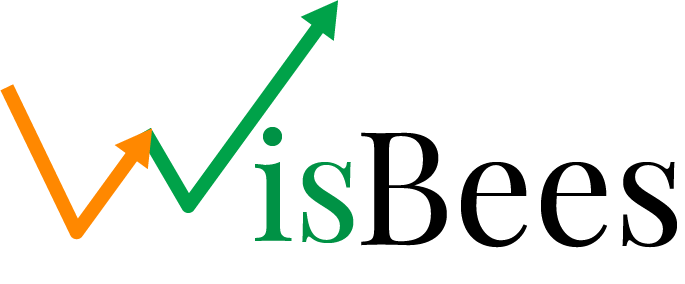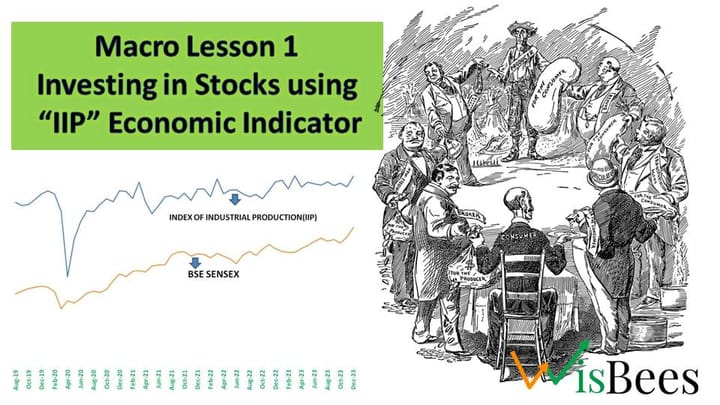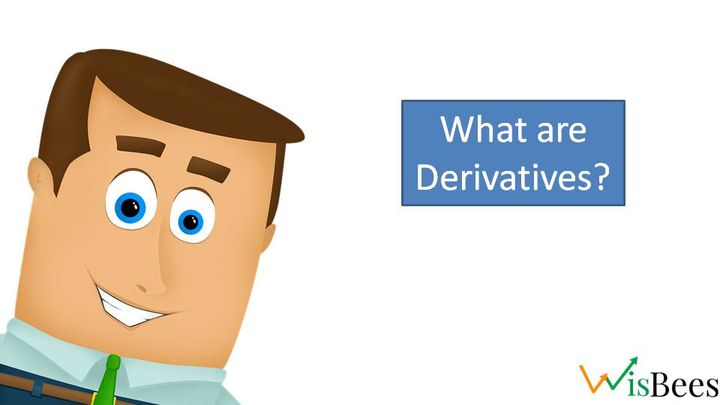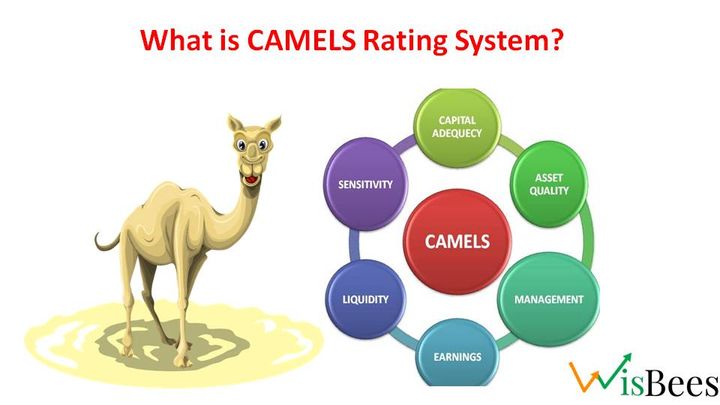Balance Sheet

A Balance Sheet is a financial statement that shows a report on Assets (What the company owns), Liabilities (What the company owes), and Share holder’s equity. A general Balance Sheet equation is as follows.
Assets= Liabilities+Share Holder’s Equity.
Example of a Balance Sheet:
The below Balance Sheet is from the Annual Report of Reliance Industries Limited.

Asset Side
Assets are owned by Company and it adds economic value to the company in future. They can be Current and Non-current Assets. Non-current Assets are long-term and can not be converted into cash in one year. Current assets are Short-term and can easily be converted into cash in one year or less.
Non-Current assets include long-term tangible assets like Plant, Property and Equipment. It also includes intangible Assets like software, technological know-how, Development Rights etc.
Current Assets include items that can be converted into cash in less than one year. This includes cash and Cash equivalents, trade receivables, loans etc.
Liability Side
The liability Side includes Share holder’s equity + Liability. Liability shows what the company owes to outsiders or the company’s obligations. It also can be Current and Non-Current Liabilities. Current liabilities are due in one year but non-current liabilities are long-term.
The equity section contains equity capital which, if you refer to notes of Financial Statements, you can see the Share holder’s equity capital consists of Authorised Capital + Issued Capital/ Subscribed Capital+ Paid Up capital. The equity capital is attributable to the owners of the business.
In other equity, you will find capital Reserve(earmarked for Long term projects), Securities Premium, General Reserve (not yet distributed to the Shareholder), Retained Earnings(also called surplus) etc.
In the Non-Current Liabilities of the above example, you might see Borrowings if you go to the company's balance sheet. If you check with Notes to Financial Statements, you might find the company has raised debts from Banks and by issuing some non-convertible Debentures.
“Deferred Tax Liabilities” of the company says the provision for future tax payments owing to the treatment of depreciation.
Current Liabilities include borrowings, which are generally short-term in nature. The working capital loans from banks, Trade payables are Current Liabilities in Nature. Trade Payables are what the company owes to outside vendors and suppliers.
The company may block some amount for future employee Benefit Expenses in the “Provisions” section.
In the end, you can see that the total Assets Figure matches the Total Equity and Liabilities figure.



